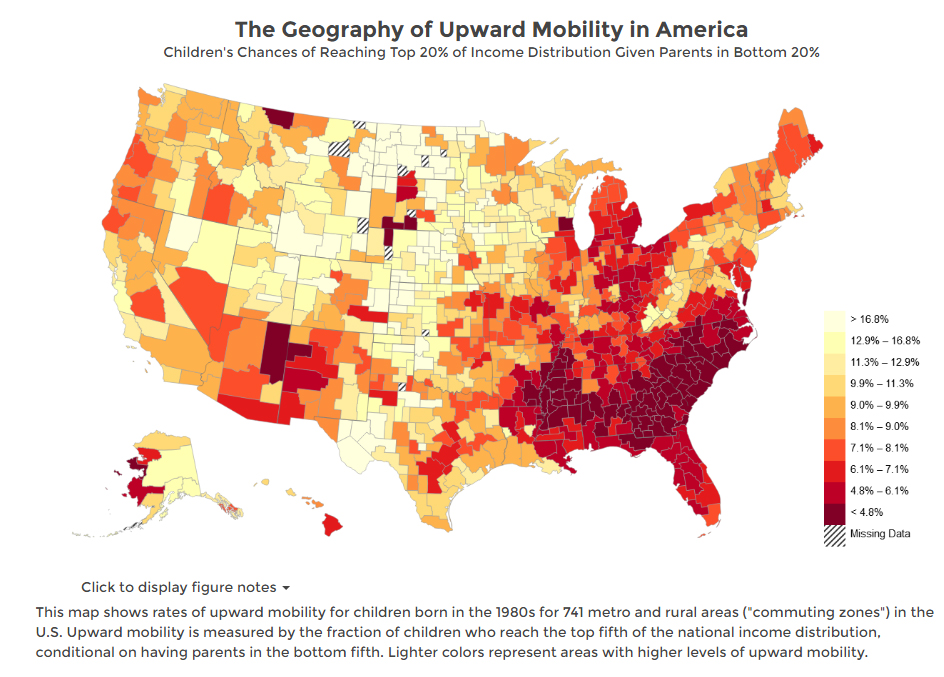In 1970, 92 percent of 30-year-olds in America earned more than their parents did when they were that age. That’s the goal of a lot of parents; give your kids a better life. That’s the American Dream.
And there’s more evidence today it’s on life support, the Wall Street Journal reports.
According to new research, the percentage of people making more than parents dropped to 58 percent by 1992. And the researchers from Stanford said while that held about steady through the ’90s, it began to plunge again around 2002. By 2014, it stood at 50.2 percent
“Wages have stagnated in the middle class,” Raj Chetty, a Stanford University economist, told the Journal. “When you’re in that situation, it becomes very hard for children to do better than their parents.”
Mr. Chetty, 37, has explored poverty and income mobility in a series of papers that have gained widespread attention across the political spectrum. His research finds that upward mobility depends heavily on government policies, a position common among Democrats, as well as on neighborhood churches and two-parent families, as Republicans often argue.
In his current work, he and his co-authors found that the declining ability of children to outearn their parents is greatest in the Midwest, an industrial region that has been battered by greater import competition, especially from Japan and China, and by technological changes. When looking only at males nationally, the decline is even starker. As of 2014, only 41% of 30-year-old men earned more than their fathers at a similar age.
Reversing the trend will be very difficult, the economists found. If income distribution remains as tilted toward the wealthy as it is now, they calculate, it would take sustained growth of more than 6% a year, adjusted for inflation, to return to an era where nearly all children outearned their parents. Since World War II, the U.S. hasn’t experienced anything near that level of growth for a lengthy period of time.
They paint a bleak future. Even if the economy grows at nearly twice the rate it is now, the number of young people earning more than their parents would be only about 61 percent.
On their website, The Equality of Opportunity, the researchers show the areas of the country where upward mobility is most likely.
The researchers cited Minneapolis, along with Salt Lake City, as two cities in the nation where children’s chances of moving up and out of poverty “remain high.”
Such cities, they said, tend to have five things going for them: lower levels of residential segregation, a larger middle class, stronger families, greater social capital, and higher quality public schools.

